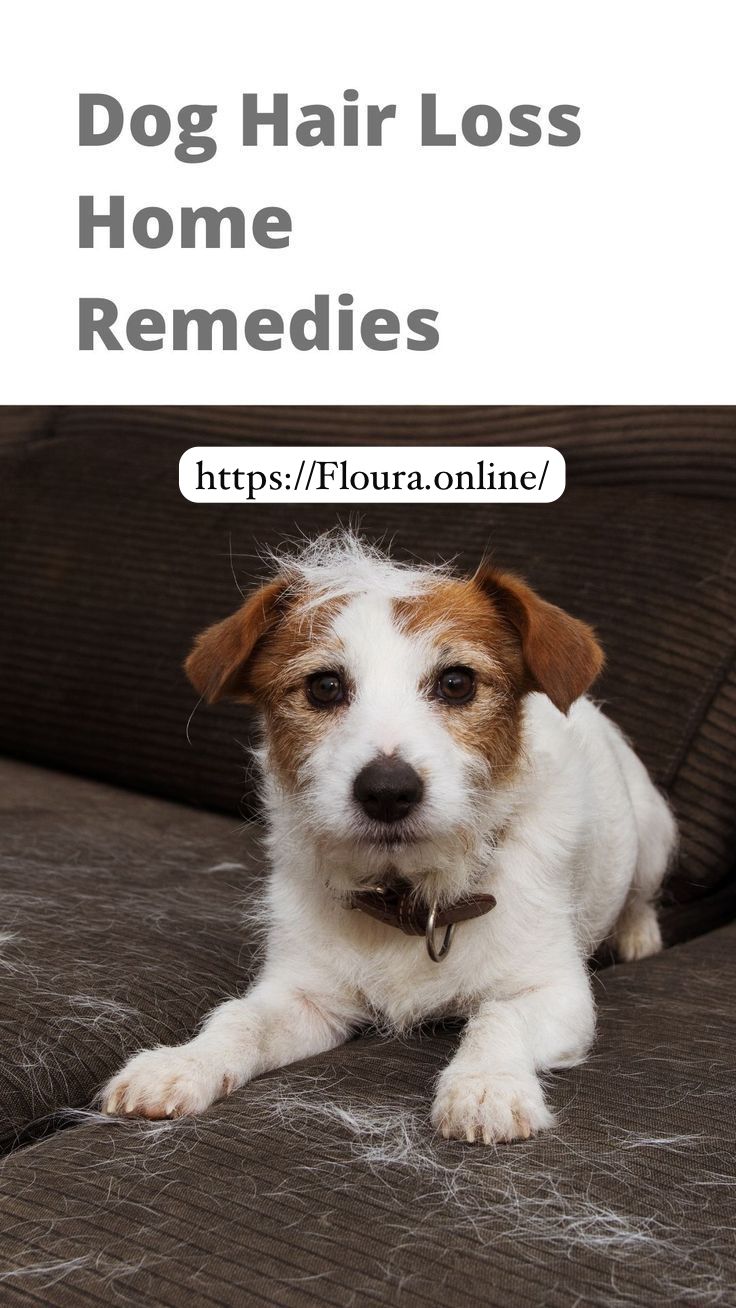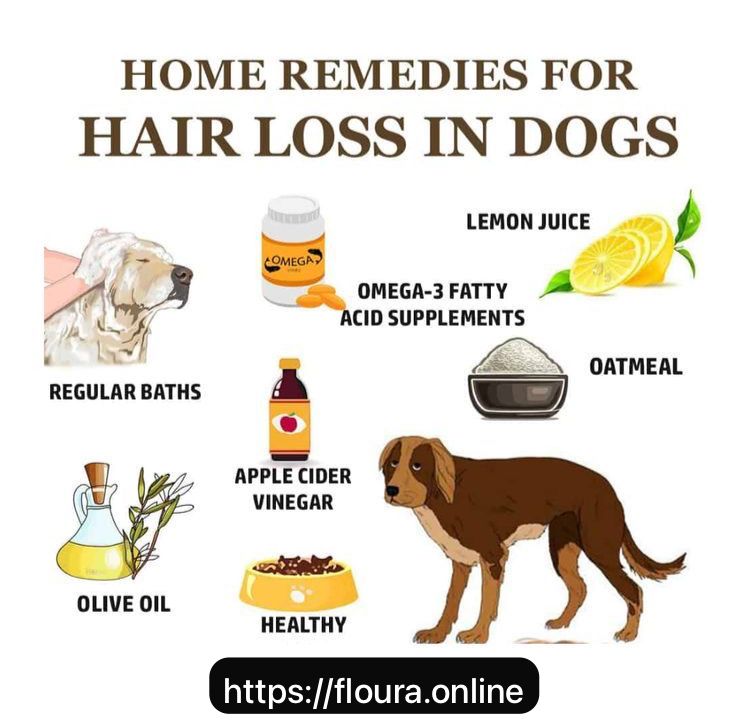Dog & Cat Hair Loss Problem
Introduction:- Hair loss in dogs and cats is a common concern among pet owners. Whether it’s excessive shedding, bald patches, or skin irritation, hair loss can indicate an underlying health issue. Addressing the problem early can prevent further discomfort and ensure your furry friend stays happy and healthy.
Common Causes of Hair Loss in Dogs and Cats
Medical Conditions
Certain medical issues like hormonal imbalances, hypothyroidism, and autoimmune disorders can contribute to hair loss. These conditions often require veterinary attention and long-term management.
Allergies and Infections
Pets can develop allergies to food, pollen, dust mites, or certain fabrics. Allergic reactions can cause excessive itching, leading to hair loss. Fungal and bacterial infections, such as ringworm, can also contribute to hair thinning.
Parasites and Mites
Fleas, ticks, and mange mites can cause severe itching, leading to hair loss. Regular flea prevention measures can help keep these pests away.
Stress and Anxiety
Just like humans, pets can experience stress, leading to excessive grooming or licking, which results in hair loss. Environmental changes, new pets, or separation anxiety can trigger stress.
Poor Nutrition
A diet lacking essential vitamins and minerals can cause weak hair follicles and excessive shedding. Ensuring your pet receives balanced nutrition is crucial for a healthy coat.
Symptoms to Look For
- Patchy or widespread hair loss
- Constant scratching and biting
- Red, flaky, or irritated skin
- Bald spots and dandruff
- Unusual body odor (possible sign of infection)
Diagnosing Hair Loss in Pets
When to Visit the Vet
If hair loss is excessive, persistent, or accompanied by sores and redness, it’s essential to consult a veterinarian.
Common Diagnostic Tests
- Skin scrapings for parasite detection
- Allergy testing
- Blood tests to check for underlying health conditions
- Fungal culture for ringworm
Basic Solutions for Hair Loss
- Proper Grooming Practices: Regular brushing removes loose fur and prevents matting.
- Routine Bathing: Use mild, pet-friendly shampoos to maintain skin health.
Advanced Treatment Options
- Medicated Shampoos: Help treat fungal or bacterial infections.
- Veterinary-Prescribed Medications: Antibiotics, antifungal treatments, and anti-inflammatory drugs can help.
- Allergy Treatments: Antihistamines and hypoallergenic diets may be necessary.
Diet and Nutrition for Healthy Fur
A well-balanced diet with essential nutrients is key to preventing hair loss. Foods rich in Omega-3 fatty acids, zinc, and biotin promote a healthy coat.
Homemade Winter Diet for Dog & Cat
Natural Remedies for Hair Loss
- Coconut Oil: Moisturizes dry skin and prevents infections.
- Aloe Vera: Soothes irritated skin and reduces inflammation.
- Omega-3 Supplements: Strengthens hair follicles and reduces shedding.
Preventing Hair Loss in Pets
- Regular grooming and bathing
- Monthly flea and tick prevention
- Maintaining a stress-free environment
- Providing a well-balanced diet
- Scheduling regular veterinary check-ups
Dog and Cat Hair Problem and Homemade Tips
If you have a dog or a cat, you know how frustrating pet hair can be. It gets on your furniture, clothes, and even in places you wouldn’t expect! Shedding is a natural process for pets, but excessive hair can be a nuisance. Instead of relying on expensive solutions, here are some effective homemade tips to manage pet hair in your home.
Why Do Pets Shed?
Dogs and cats shed their fur to remove old or damaged hair. Seasonal changes, diet, and stress levels can influence shedding. While some breeds shed more than others, regular grooming can help keep it under control.
Homemade Tips to Reduce Pet Hair at Home
1. Regular Brushing
Brushing your pet daily reduces loose hair before it spreads all over your home. Use a deshedding brush for heavy shedders like Huskies or Persian cats.
2. DIY Anti-Shedding Spray
Mix equal parts of water and apple cider vinegar in a spray bottle. Lightly mist your pet’s coat to reduce dryness, which can lead to excessive shedding.
3. Coconut Oil Massage
Coconut oil improves your pet’s skin health and reduces hair fall. Give your pet a light massage once a week and wipe off excess oil with a damp cloth.
4. Damp Cloth or Rubber Gloves
Wipe furniture and clothes with a damp cloth or wear rubber gloves and rub them over surfaces to pick up pet hair quickly.
5. Baking Soda for Cleaning
Sprinkle baking soda on carpets before vacuuming to loosen pet hair and remove odors.
With these simple homemade tricks, you can keep pet hair under control and enjoy a cleaner home with your furry friends
Best Shampoos and Soaps for Dog and Cat Hair Loss Problems
Hair loss in pets can be frustrating for both pet owners and their furry friends. Whether caused by allergies, skin infections, or poor diet, choosing the right shampoo and soap can make a big difference. Here are some of the best products to help combat hair loss in dogs and cats.
1. Vet’s Best Hypo-Allergenic Dog Shampoo
This gentle, soap-free shampoo is perfect for dogs with sensitive skin. It contains aloe vera and vitamin E to soothe irritation and promote healthy fur growth.
2. Earthbath Oatmeal & Aloe Pet Shampoo
Ideal for both dogs and cats, this natural shampoo helps relieve itching, dryness, and hair loss caused by skin allergies. Oatmeal and aloe vera moisturize the skin and strengthen the fur.
3. Burt’s Bees Tearless Kitten & Puppy Shampoo
Formulated for young pets, this shampoo is enriched with buttermilk and linseed oil to nourish delicate skin and reduce excessive shedding.
4. FURminator deShedding Ultra Premium Shampoo
This shampoo is specifically designed to reduce shedding in dogs and cats. It contains omega-3 & 6 fatty acids and calendula extract to improve coat health.
5. SynergyLabs Veterinary Formula Clinical Care Shampoo
Perfect for pets with severe skin issues, this medicated shampoo contains coal tar, salicylic acid, and micronized sulfur to treat dermatitis, dandruff, and excessive shedding.
Final Tip: Regular grooming, a healthy diet, and choosing the right shampoo can prevent hair loss and keep your pet’s coat healthy. Always consult a vet if hair loss is excessive.
Conclusion:- Hair loss in pets is a common issue, but it can often be managed with proper care, nutrition, and hygiene. If the problem persists, seeking veterinary guidance ensures your pet remains healthy and comfortable. “READ TRANDING TOPIC”

